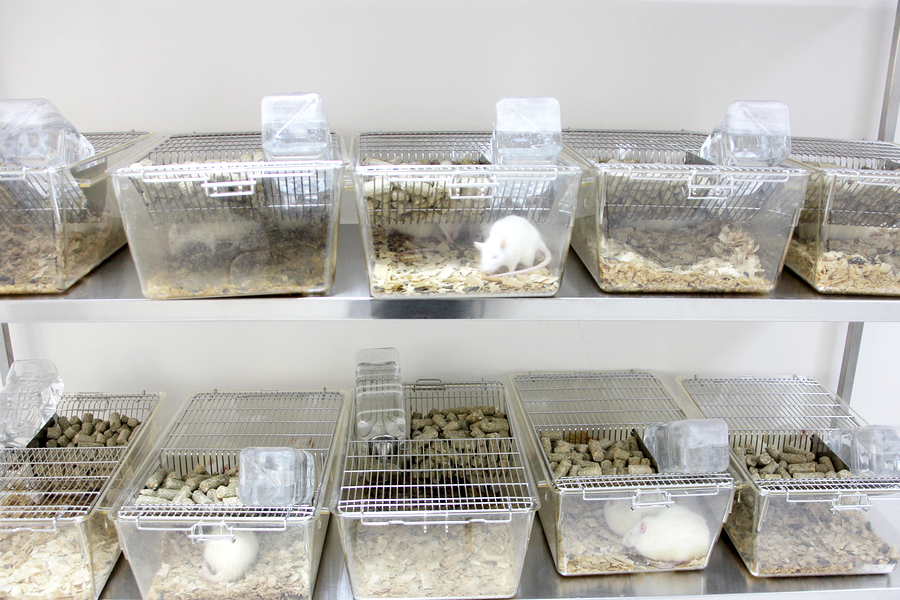Multiomics reveal non-alcoholic fatty liver disease in rats following chronic exposure to an ultra-low dose of Roundup herbicide.
Sci Rep. 2017 Jan 9 ;7:39328. Epub 2017 Jan 9. PMID: 28067231
Robin Mesnage
The impairment of liver function by low environmentally relevant doses of glyphosate-based herbicides (GBH) is still a debatable and unresolved matter. Previously we have shown that rats administered for 2 years with 0.1 ppb (50 ng/L glyphosate equivalent dilution; 4 ng/kg body weight/day daily intake) of a Roundup GBH formulation showed signs of enhanced liver injury as indicated by anatomorphological, blood/urine biochemical changes and transcriptome profiling. Here we present a multiomic study combining metabolome and proteome liver analyses to obtain further insight into the Roundup-induced pathology. Proteins significantly disturbed (214 out of 1906 detected, q < 0.05) were involved in organonitrogen metabolism and fatty acid β-oxidation. Proteome disturbances reflected peroxisomal proliferation, steatosis and necrosis. The metabolome analysis (55 metabolites altered out of 673 detected, p < 0.05) confirmed lipotoxic conditions and oxidative stress by showing an activation of glutathione and ascorbate free radical scavenger systems. Additionally, we found metabolite alterations associated with hallmarks of hepatotoxicity such as γ-glutamyl dipeptides, acylcarnitines, and proline derivatives. Overall, metabolome and proteome disturbances showed a substantial overlap with biomarkers of non-alcoholic fatty liver disease and its progression to steatohepatosis and thus confirm liver functional dysfunction resulting from chronic ultra-low dose GBH exposure.
Additional Links
*Article originally appeared at Green Med Info.












